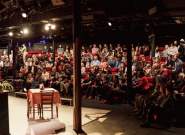Keen to know more about Bristol's most historic places? We’ve got some places of interest for the Tudor history lovers out there…
Thornbury Castle
Building work began on this grand castle in 1511 – it was intended as a home for Edward Stafford, the Duke of Buckingham and was almost finished by 1521, when the Duke’s distant cousin, Henry VIII, accused him of treason, had him beheaded and confiscated his castle. Fourteen years later, Henry VIII and Anne Boleyn enjoyed a ten-day retreat at Thornbury Castle as part of a honeymoon tour. It’s now a truly unique hotel offering spectacular rooms and a great restaurant. For some truly regal splendour, book a stay in the Henry VIII suite or in the Catherine of Aragon suite, which boasts the largest hotel bed in the country!
If you can't stretch to a stay in the hotel book in for dinner at the castle's award-winning restaurant, or a decadent afternoon tea in the historic surroundings.

Image - Thornbury Castle
John Cabot and The Matthew
In 1497 John Cabot and his 18 man crew set sail from Bristol under the commission on Henry VII to find a new trade route to Asia. Instead however he arrived on the coast of Newfoundland and therefore was the original discoverer of North America, not Christopher Columbus as most people believe.
To celebrate the 500th anniversary of Cabot’s voyage of discovery, a replica of The Matthew was built and in 1997 the new Matthew followed the same course as John Cabot to Newfoundland.
Today The Matthew is based in Bristol Harbour and is open to the public as well as undertaking short cruises around the harbour, some complete with fish and chips or afternoon tea! It’s also a genuine star of the screen and has been featured in many films and TV programmes, including Netflix film The King and World War II film Another Mother's Son.
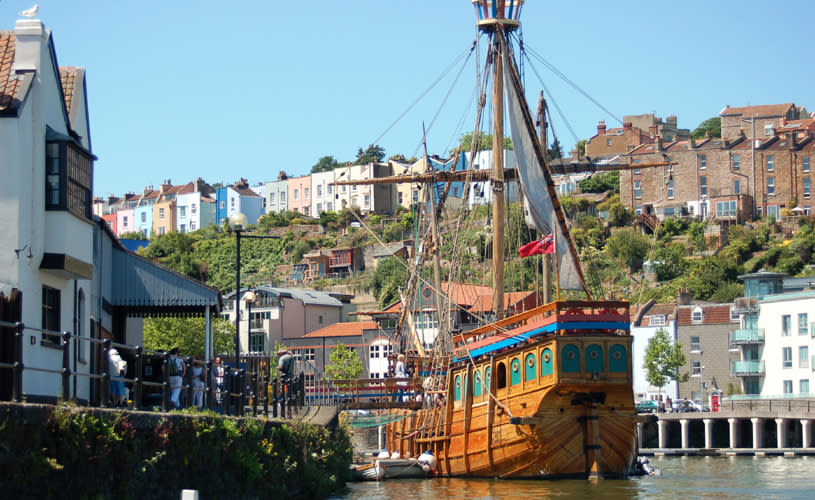
Image - The Matthew
Acton Court
Acton Court is a restored Tudor house in South Gloucestershire and was owned by The Poyntz family from 1364 until 1680. Nicholas Poyntz (died 1557) added the East Wing onto the existing moated manor house shortly before 1535 which was then lavishly and fashionably decorated to impress Henry VIII. The King and Anne Boleyn stayed in the house in 1535, during a tour of the West Country.
Tudor Bristol on screen
Have you watched Becoming Elizabeth? Then you'll certainly enjoy exploring both the real Tudor Bristol and the parts of Bristol that doubled up as filming locations in the series and other period dramas set in the same era. The Tudor drama explores the untold story of the early life of England’s most iconic Queen, Elizabeth I. The production was predominantly filmed on a network of beautifully detailed period sets built at Bristol’s Bottle Yard Studios between September 2020 and January 2021.
Filming also took place on location across the city at locations including Bristol Cathedral, which also doubled up as Westminster Abbey in the adaptation of Wolf Hall. Filming for Becoming Elizabeth also took place at the stunning Wells Cathedral and the neighbouring Bishop's Palace and Gardens, which also feature in scenes in Wolf Hall as well as the adaptations of Philippa Gregory's The Spanish Princess and The White Prince.
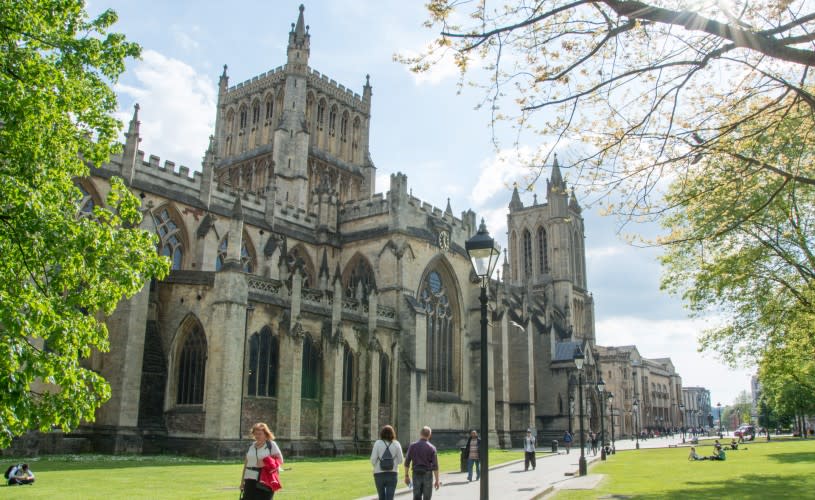
Image - Bristol Cathedral. Credit: Dave Pratt
St Mary Redcliffe
Queen Elizabeth I visited Bristol in 1574. The Queen’s visit to Bristol did include a lengthy and extremely expensive mock battle between War and Peace and was an opportunity for the city to show its gratitude to the Queen for her role in renewing trade links between England and Spain. You can still visit somewhere that Elizabeth I is known to have frequented - St Mary Redcliffe Church, which she described as “the fairest, goodliest and most famous parish church in England” and where a statue of her stands to this day.
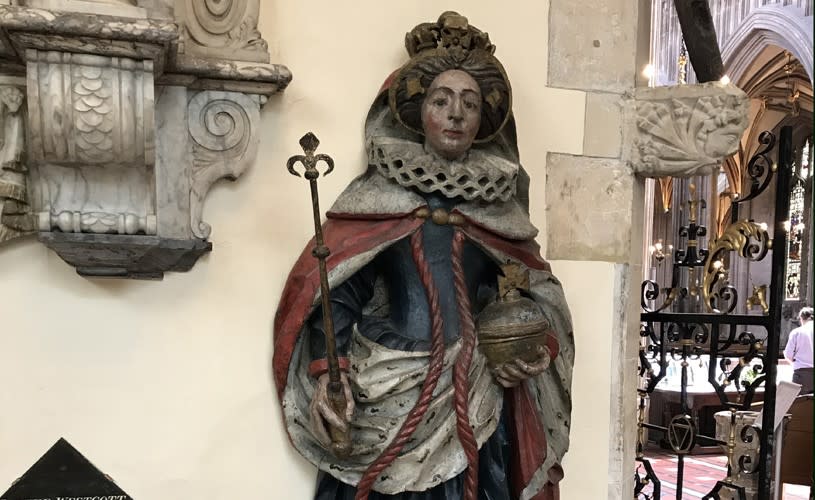
Image - Queen Elizabeth, St Mary Redcliffe, credit Vivienne Kennedy
The church has strong connections to America. When John Cabot set sail from Bristol on The Matthew in 1497, it was the Sheriff of Bristol, Richard Amerike, whose daughter Johanna Brooke is buried in St Mary Redcliffe, who had the task of raising funds for the voyage and who possibly gave his name to the newly discovered continent. 500 years later, in 1997, prayers were said in the church for The Matthew before it set off to recreate Cabot’s voyage. A scale model of the ship can be seen above the north door.
Also on display is a suit of armour belonging to Admiral Sir William Penn, who is buried in the church. As an officer in Charles II’s Navy, he fought in the Dutch Wars and was Governor of Jamaica. When he died, the King still owed him money. To repay the debt, Charles II gave Penn’s son lands in America, naming them Pennsylvania.
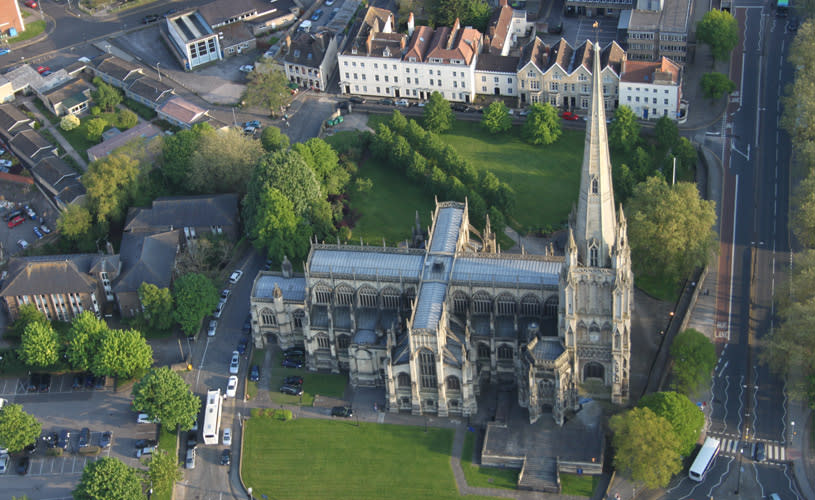
Image - St Mary Redcliffe
Berkeley Castle
Berkeley Castle dates back to the 12th century and is still the home of the Berkeley family today. It's had many royal connections over the centuries, including hosting Henry VIII and Anne Boleyn during their summer progress of 1535. Queen Elizabeth I also went to Berkeley Castle (two years before she came to Bristol actually) where she upset Lord Berkeley by killing 27 of his prize deer!
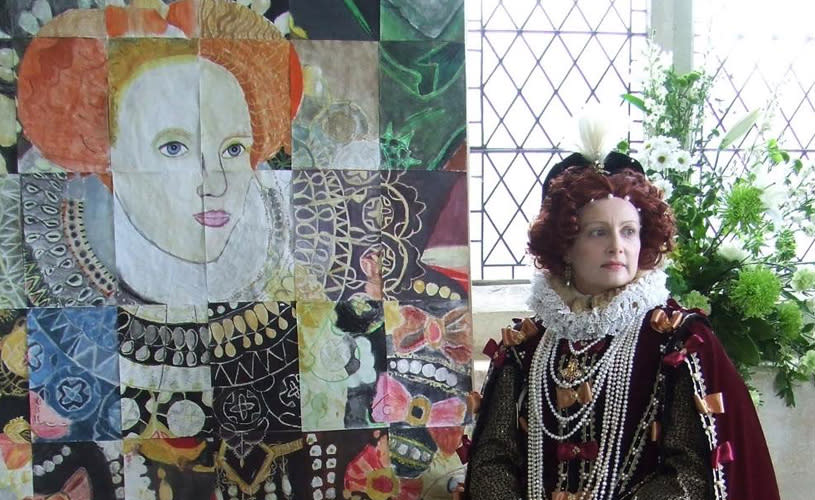
Image - Queen Elizabeth event at Berkeley Castle
The castle is open to visitors from April to October when you can explore its remarkable spaces, from the medieval larders to a magnificent great hall. The castle also hosts a range of historic and Tudor-themed days throughout the year, from jousting and bird of prey events to visits from Henry VIII himself!
With its exceptional architecture and storied past, it's no surprise Berkeley Castle is a coveted filming location for producers of period pieces. It appears in Becoming Elizabeth and also starred in fellow Tudor dramas The Other Boleyn Girl and Wolf Hall.
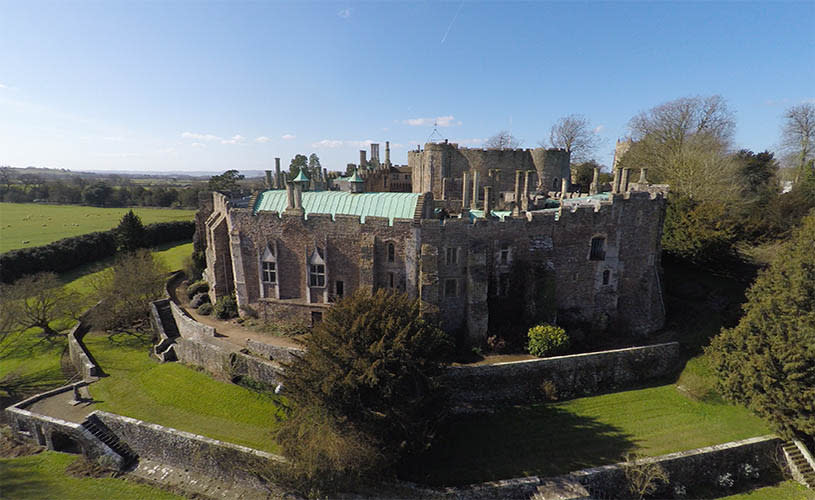
Image - Berkeley Castle
The Red Lodge
Another must-visit location for Tudor buffs is the Red Lodge. Tucked away on Park Row, it was originally built on the site of an old priory by John Young, a courtier to Henry VIII and then his daughter, Queen Elizabeth.
Three rooms, including the Great Oak Room, are among the oldest in Bristol, featuring a grand Elizabethan four-poster bed, wood panelling, and sturdy oak furniture. There’s also a Knot Garden, which inspired the design of some of the ceilings. The lodge itself has seven rooms over two floors, telling the history of the house, from its Tudor origins and includes the last complete Tudor room in the UK – so something you won’t find anywhere else! Entry is free and booking in advance is advised but not essential.
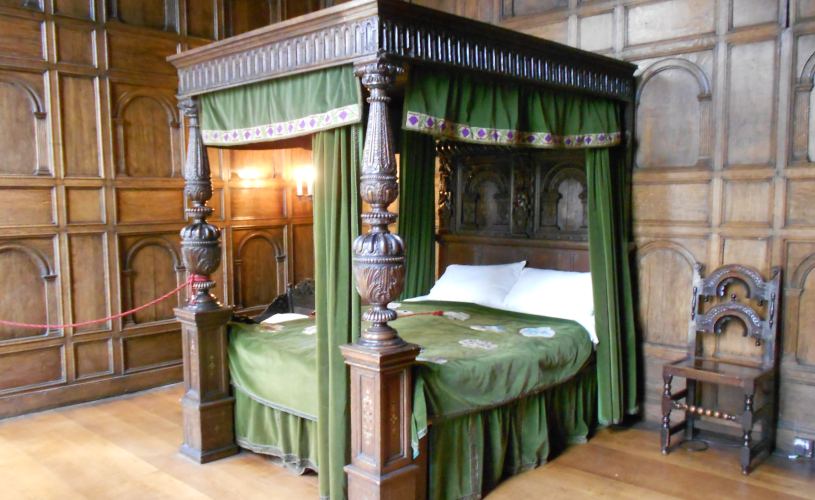
Image - Elizabethan four-poster bed at Red Lodge
Temple Meads
At the end of your visit to Bristol leave on a train and you’ll see how the Elizabethan age inspired one of the city’s great Victorians. When designing Temple Meads Railway Station, Isambard Kingdom Brunel was influenced by the design of Hampton Court Palace, built by Elizabeth’s father Henry VIII (she was responsible for its eastern kitchen, now the public tea room). The station’s chimneys are an almost direct copy of those found on the palace.

Image - Bristol Temple Meads train station, credit Adrian Warr
Read more:





